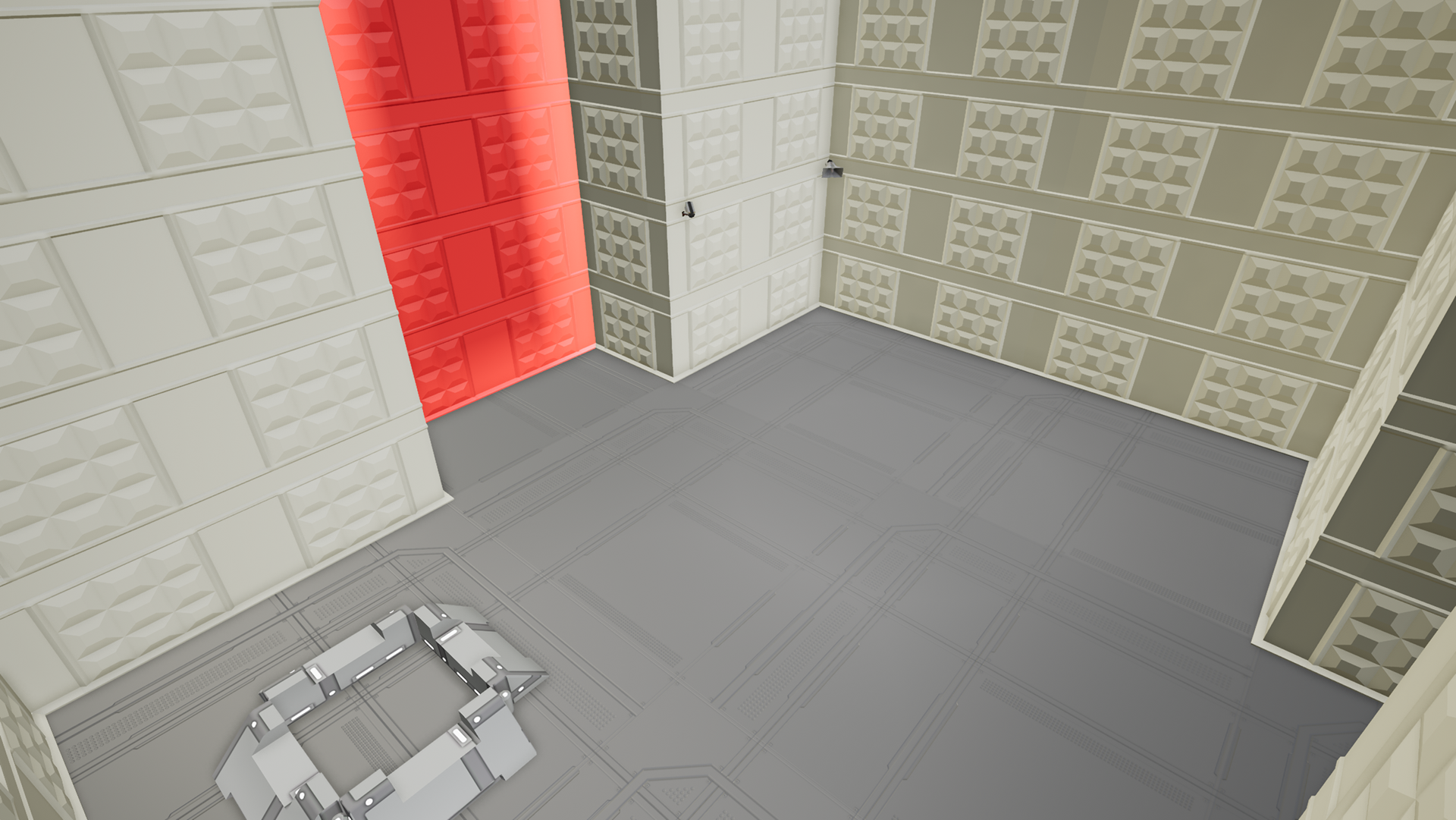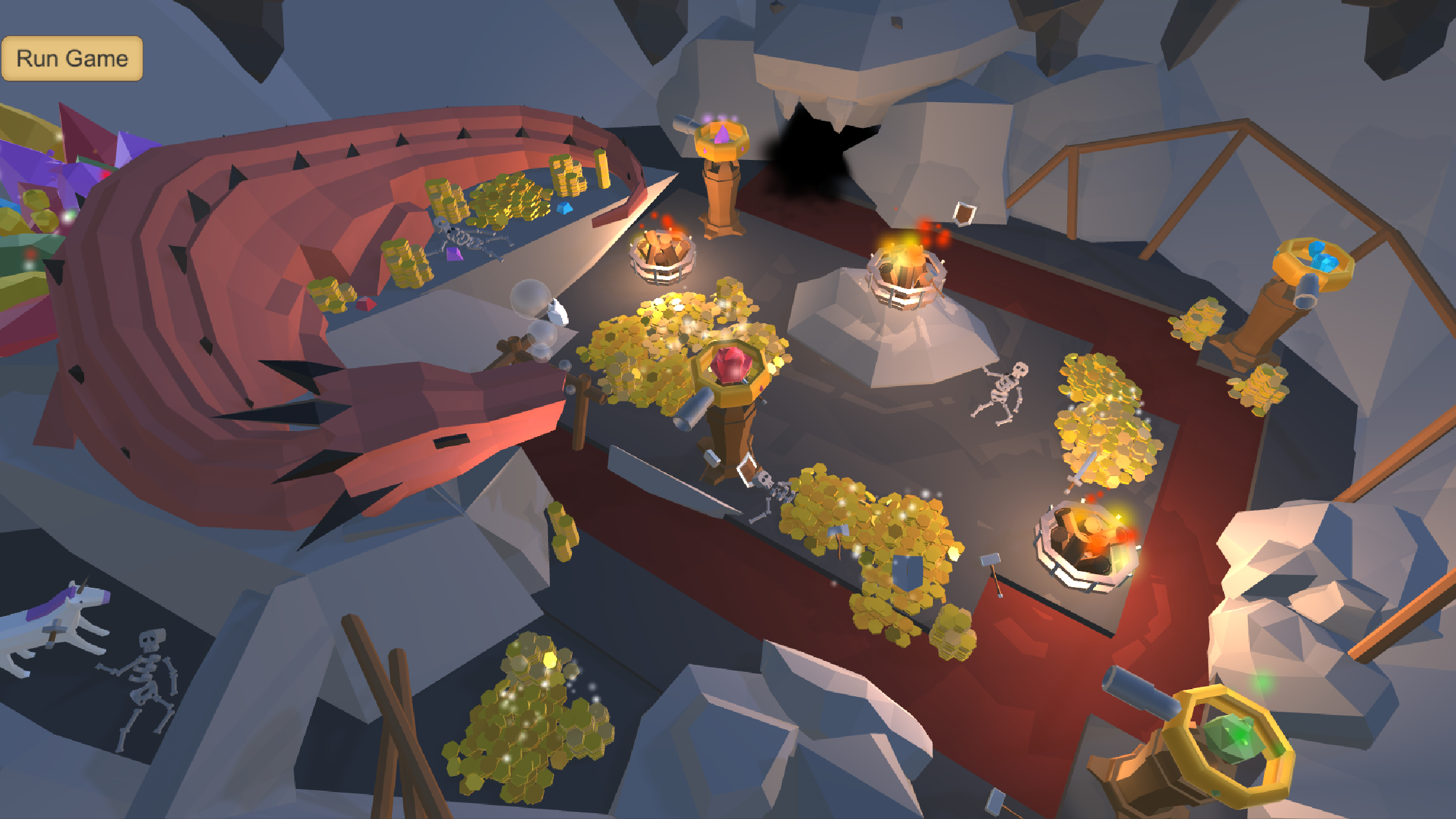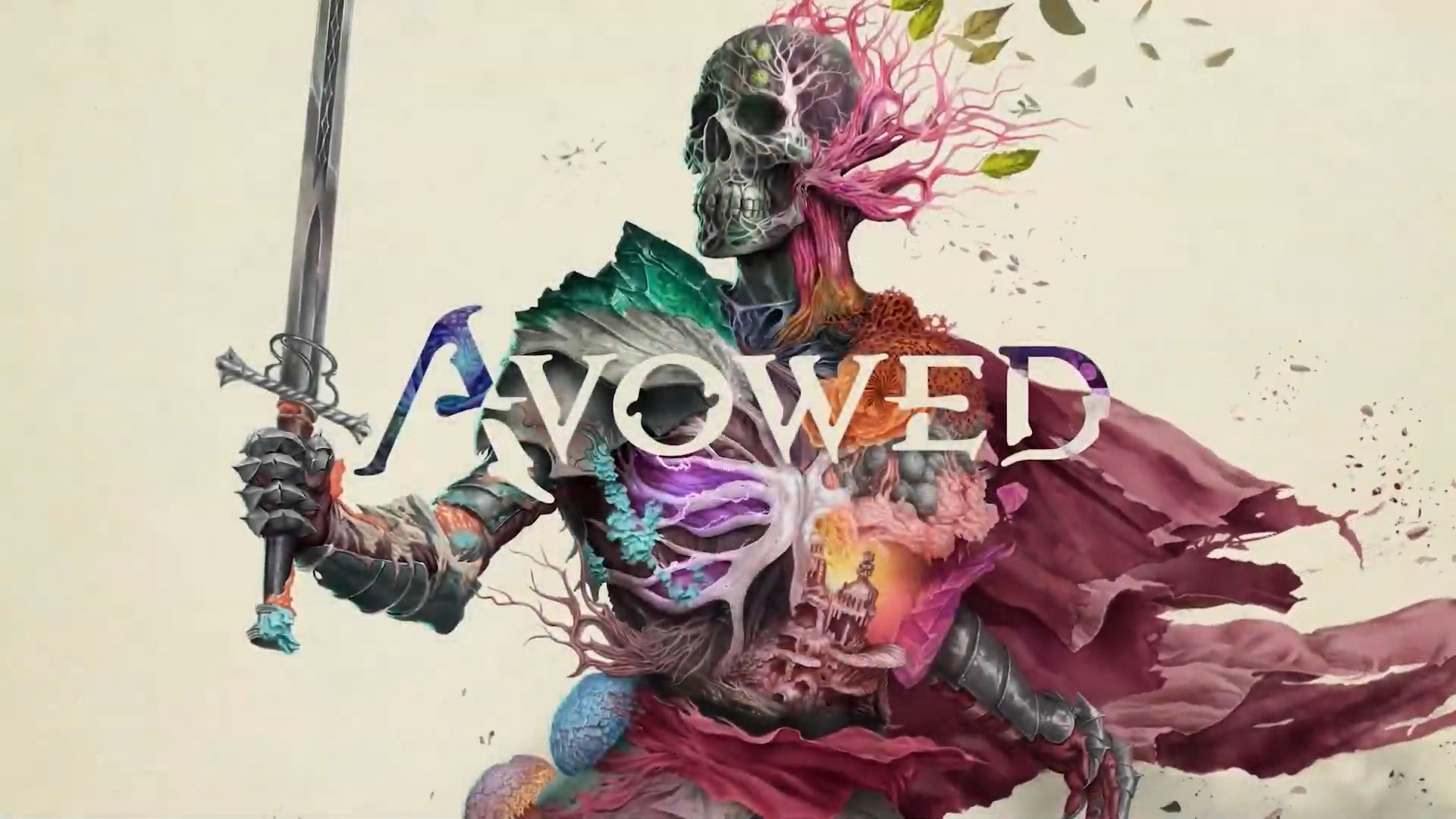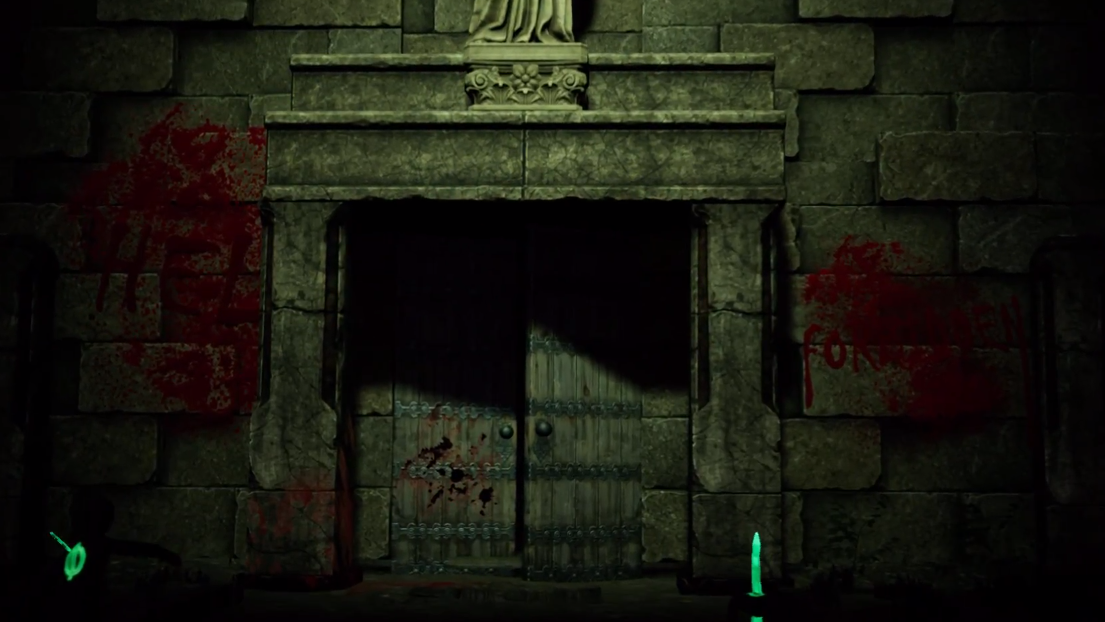Roles: Level Designer, Project Lead , Narrative Designer Time: 5 Weeks
Team Size: 7 Engine: Unreal Engine 4
Prisom is a 3D puzzle platformer in the vein of Portal where players activate dimensions to solve challenges. Along with their constant, base white dimension; Red, Green, and Blue can be turned on and off to enable their physics and visibility. Only two auxiliary dimensions can be activated at once, forcing players to balance timing, spatial reasoning, and problem solving. The original prototype was created for the week long Unreal Mega Jam, and while I consulted and playtested that initial game, I found myself thinking about the project weeks later. To that end, I assembled a team (consisting of the original development team and a few more developers) and set to work expanding on that concept. Adding a story, improved visuals, and expanding on the concept was a rewarding and exciting challenge.
Prisom Was a side project Presented to a small industry panel. The original game prototype is available here: https://origamigames.itch.io/prisom
Like any project, work on Prisom in earnest began with blockouts. due to time constraints, blockouts became short and limited, meaning work had to be accelerated and Fellow Level designers had to be enabled to create levels quickly. I decided to take on some extra responsibilities in order to help achieve that end.
When making levels, I try to think of them as constructing from a lego kit. If you opened up a box of legos and found a soldering kit and hunks of raw plastic, you'd probably be upset. With that in mind, I found frustration coming from my fellow level designers when it came to making levels for Prisom. Hoping to speed up their work flow and make their lives easier, I created a modular room kit. A wall, half wall, door frame, and corner section piece were the initially made set to enable faster, more consistent level construction, while assets like doors and window frames were created later on as the needs of the project grew. Each piece had a base, mid, and top section (the door frame is as tall and wide as the base and midsection of the half wall), that shares a rotation for ease of use.





Some level screenshots that made it into our final presentation. We showed our game to an industry panel featuring guests from Universal Creative, EA Tiburon, and Iron Galaxy and walked away with the highest marks of the day.










